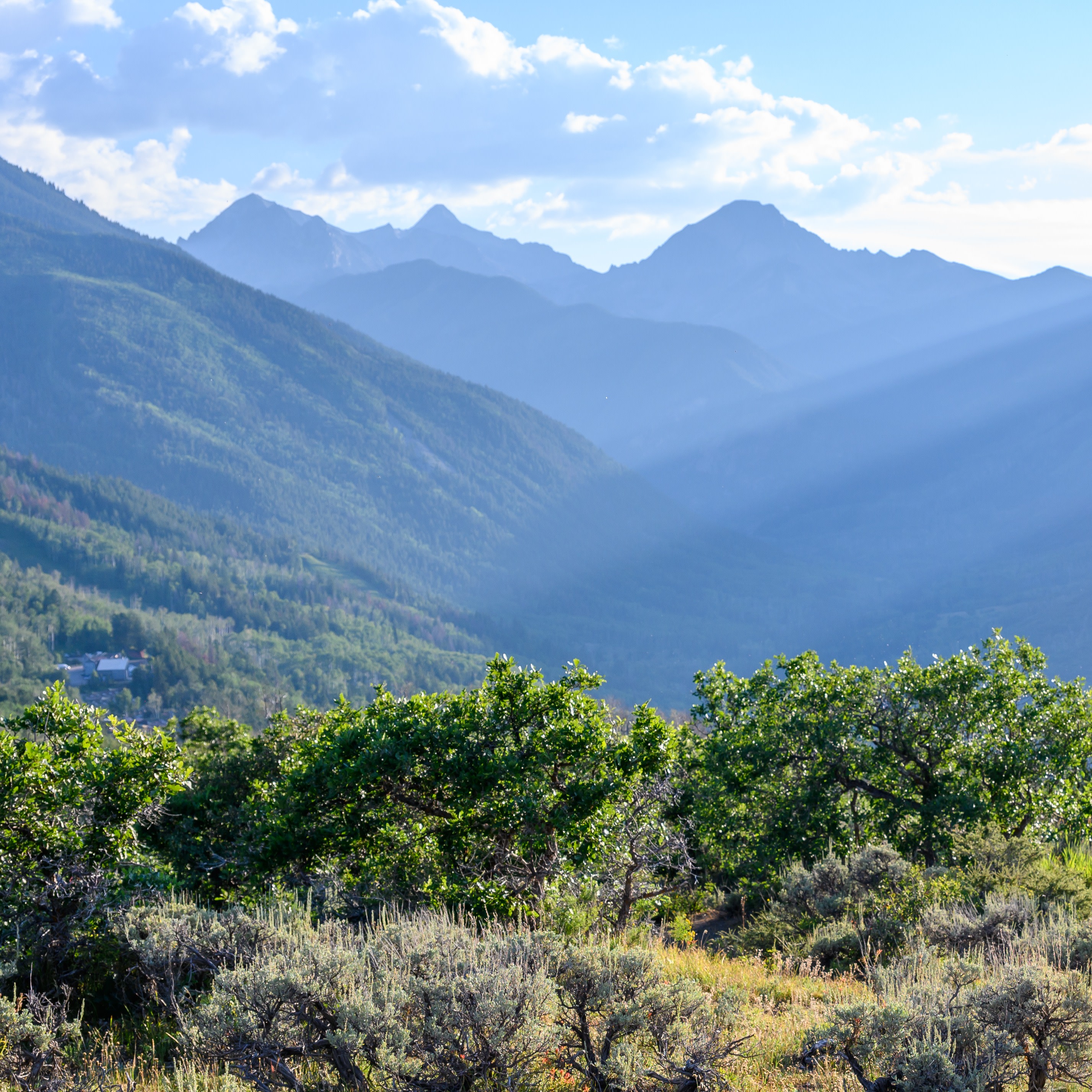Engel & Völkers Aspen | Snowmass | Roaring Fork
Follow your dream, home.
We want to help you experience the best of life. From the magnificence of mountaintops to the sparkle of a skyline, whatever your passion, it's time to create a life within it.
We'll help you find your way.



Expert Advisors
At Engel & Völkers our passion is exceeding client expectations, so it's only natural we align ourselves with exceptional real estate professionals to serve clients across the globe. It's why we don't simply have agents, but rather, trusted advisors to guide clients through their home journey with precise knowledge, distinguished care ... and a bit of fun.
About Us
Engel & Völkers Aspen
Our teams possess unrivaled market knowledge, a collaborative spirit, and a love of life in the Aspen area. We understand that real estate is more than just the data and numbers. We are your market expert in Aspen, Snowmass Village and the Roaring Fork Valley.
Engel & Völkers
Experience the difference.
Like every client and every real estate advisor, we too have a unique story. It's one steeped in iconic heritage that drives our resolve to change the way consumers experience the properties, neighborhoods and the overall process of buying and selling a home.
The world of Engel & Völkers was created and continues to grow around the mission to possess the highest levels of competency and client service. Through unrivaled brand consistency, sophisticated systems and innovations, we've done what no other European luxury real estate franchise has been able to do—successfully establish itself in the Americas.
Local experts worldwide

Sell with us
Taking you where you need to be.
If it’s time to open a new door, our advisors have the local real estate expertise to guide you through the process of selling your homes.
Engel & Völkers Yachting
Discover the world of yachting.
At Engel & Völkers Yachting, our mission is to provide an unparalleled journey for every boat & yacht enthusiast and maritime visionary. For buyers, we serve as the compass to discover the vessel that encapsulates their dreams, meticulously navigating the vast sea of options to find the perfect match. For sellers, we harness our expertise and extensive network to elevate their vessel, ensuring it finds its rightful place in the hands of an appreciative new owner.
Our commitment to excellence is rooted in integrity, expertise, and exclusivity. We understand that boats & yachts aren't just possessions; they are vessels of aspiration, freedom, and memories waiting to be created. With a steadfast focus on the needs and desires of our clients, we strive to exceed expectations, creating lasting relationships founded on our core values.
Whether you're buying or selling, our commitment to integrity, expertise, and exclusivity ensures your journey is smooth, transparent, and rewarding. Elevate your maritime dreams with us.
Special Olympics
Creating inclusive communities
Engel & Völkers is a proud champion of Special Olympics, working together to unleash the human spirit through the transformative power and joy of sports. Our shared passion for this mission transcends throughout the local communities in which we serve.
Global Guide
GG Magazine
Architecture, lifestyle, fashion, design, yachting, luxury, travel. We scour the globe for the most exciting topics and most fascinating personalities, and invite you, dear reader, to come along for the ride. This season’s edition of GG, “The Island Issue,” is all about the eternal appeal of islands.
Career opportunities
Opening doors.
Engel & Völkers is on the continued quest to inspire a new generation of talent. Our standard of service sets us apart, and our standards are high. It's why we don't have agents, but rather, trusted advisors to guide clients through their home journey with precise knowledge and distinguished care.
Life is taking you places, we'll help you get there.
Whether it’s around the corner or around the globe, we’re here to find the perfect home for you.
Let's talk
The more we know about you, and what you want, the closer we are to finding it.




